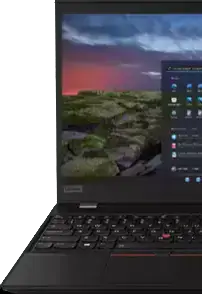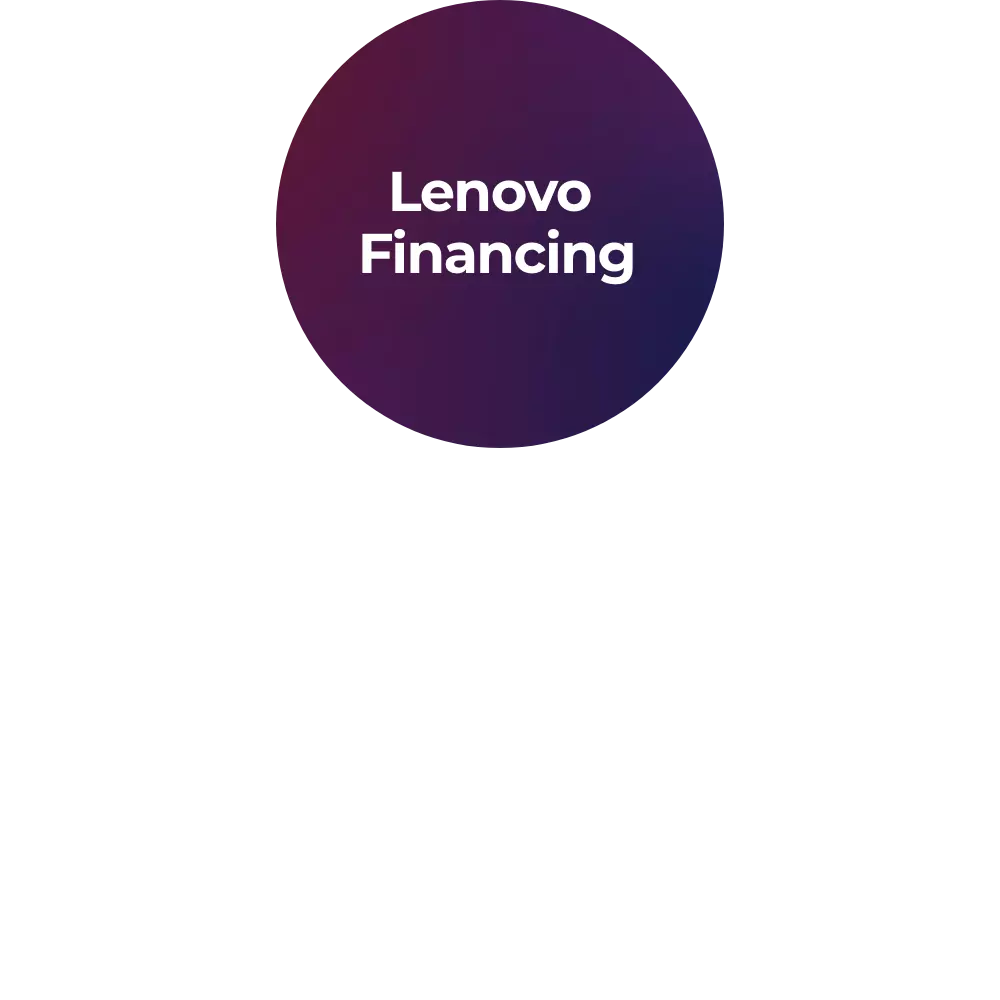What is GPRS and how is it classified in mobile technology?
GPRS (General Packet Radio Service) is a packet-switched data service added to GSM networks, commonly referred to as 2.5G. It provides always-on internet access by charging users based on data usage instead of connection time. Positioned between 2G and 3G, GPRS enabled basic internet services like web browsing and MMS. Its introduction marked a key transition to faster mobile data, laying the groundwork for future wireless innovations such as EDGE and UMTS.
How does GPRS transmit data and why is packet switching efficient?
GPRS transmits data by breaking it into packets and sending them over unused GSM time slots using Time Division Multiple Access (TDMA). Packet switching allows multiple users to share the same bandwidth, transmitting only when needed, which improves efficiency. This approach eliminates the need for a dedicated connection and makes better use of limited radio spectrum, making GPRS ideal for bursty applications like browsing and messaging in early mobile networks.
What data speeds can GPRS deliver?
GPRS can theoretically achieve data speeds between 56 kbps and 114 kbps, although real-world performance is typically lower-often between 35-50 kbps. Speed depends on the number of timeslots assigned to the device, network congestion, and device capabilities. While relatively slow by today's standards, GPRS speeds were sufficient for basic services like email, MMS, and web browsing.
Can GPRS support email and MMS?
Yes, GPRS supports email, MMS (Multimedia Messaging Service), and other internet-based communication. Its always-on connectivity and packet-switching design allow mobile users to send and receive messages and media files without a dial-up connection. This functionality was especially valuable before 3G, enabling essential communication services over GSM networks using 2.5G technology.
Does GPRS require dialing to connect?
No, GPRS does not require users to dial a number to establish a connection. It provides always-on internet access, meaning the connection is automatically established when mobile data is enabled. Once the correct APN (Access Point Name) is configured, data can be transmitted seamlessly without manual intervention, making it more user-friendly than older dial-up or circuit-switched data methods.
What frequency bands does GPRS operate on?
GPRS uses the same frequency bands as GSM networks, including 850 MHz, 900 MHz, 1800 MHz, and 1900 MHz. The specific frequency depends on the mobile operator and region. Most GPRS-enabled devices are dual-band, tri-band, or quad-band, allowing them to operate internationally across various GSM networks and enabling data roaming in multiple countries.
What is the GPRS core network and how does it use GTP?
The GPRS core network consists of the Serving GPRS Support Node (SGSN) and Gateway GPRS Support Node (GGSN), which manage data session handling, routing, and mobility. These nodes communicate using GPRS Tunnelling Protocol (GTP), which transports user data and control messages. GTP-U handles user traffic, while GTP-C manages session control, ensuring smooth data delivery across the network-even during roaming or handovers.
What is a GPRS Roaming Exchange (GRX)?
A GPRS Roaming Exchange (GRX) is a private backbone network that interconnects multiple mobile operators' GPRS infrastructures globally. It enables secure, seamless data roaming by simplifying how operators exchange data. GRX ensures that subscribers can access mobile internet services-such as email or web browsing-while traveling internationally without needing individual bilateral connections between every operator.
Are circuit-switched data and GPRS compatible?
Yes, GSM networks support both circuit-switched and packet-switched data simultaneously. This means users can make voice calls using traditional circuit-switched services while using GPRS for data. Devices and networks were designed to allow this dual functionality, providing a smooth transition to packet-based internet without disrupting existing voice services.
How is GPRS billed by mobile operators?
GPRS billing is based on the amount of data used, rather than the time connected. Users are typically charged per kilobyte (KB) or megabyte (MB) of data transmitted. This billing model allowed users to stay connected to the internet continuously without paying for idle time. Some carriers also offered flat-rate GPRS plans to simplify usage and budgeting for consumers.
When should GPRS be used over other data services?
GPRS is ideal for low-bandwidth needs in areas without 3G, 4G, or LTE coverage. It remains useful for basic tasks such as email, SMS-based communications, or remote monitoring. GPRS is still deployed in rural regions and for industrial applications where reliability and cost-effectiveness are prioritized over speed. Its wide GSM coverage makes it valuable in many emerging markets.
Can GPRS support IoT and M2M communications?
Yes, GPRS remains a viable solution for Internet of Things (IoT) and Machine-to-Machine (M2M) communication. Devices like smart meters, asset trackers, and remote sensors often use GPRS to transmit small amounts of data. Its low cost, wide coverage, and simplicity make it ideal for applications that don't require high-speed connectivity but demand reliable and consistent data exchange.
How many time slots does GPRS use per device?
GPRS can use up to eight time slots in a GSM frame, depending on the device's multislot class and network availability. For example, a Class 10 device may use four slots for downloading and two for uploading. The number of allocated time slots directly influences the achievable data rate, affecting how quickly data can be sent or received.
How does GPRS enable mobile internet access?
GPRS enables mobile internet by transmitting data packets over the GSM network infrastructure without requiring a constant physical connection. When a user opens a web page or sends data, the mobile device connects to the GPRS core network, which routes the data to and from the internet using IP protocols. This method allows users to perform basic online tasks like browsing or checking emails without needing WiFi or 3G connectivity.
What configuration is needed to use GPRS on a mobile device?
To use GPRS, a mobile device must be configured with the correct APN (Access Point Name) provided by the user's mobile operator. The APN settings include the network name, username, and password (if required). On most modern smartphones, these settings are preloaded or automatically detected. However, on older or unlocked devices, users may need to enter this information manually in the mobile data settings to enable internet access via GPRS.
What is the role of SGSN in GPRS networks?
The Serving GPRS Support Node (SGSN) plays a vital role in managing mobile data sessions in a GPRS network. It tracks the location of mobile devices, manages packet delivery, and authenticates users. The SGSN connects the radio network to the packet-switched core and communicates with the Gateway GPRS Support Node (GGSN) to route data. It ensures that user data is delivered efficiently and securely while maintaining session continuity as users move across cell towers.
Can GPRS and EDGE be used together?
Yes, GPRS and EDGE (Enhanced Data Rates for GSM Evolution) are often used together, as both operate on GSM networks and share infrastructure. EDGE is considered an enhancement of GPRS, offering higher data speeds. Many mobile devices and networks support dual-mode functionality, automatically switching between GPRS and EDGE based on signal strength and network conditions. This provides more consistent connectivity for users, especially in areas where 3G or 4G networks are unavailable.













